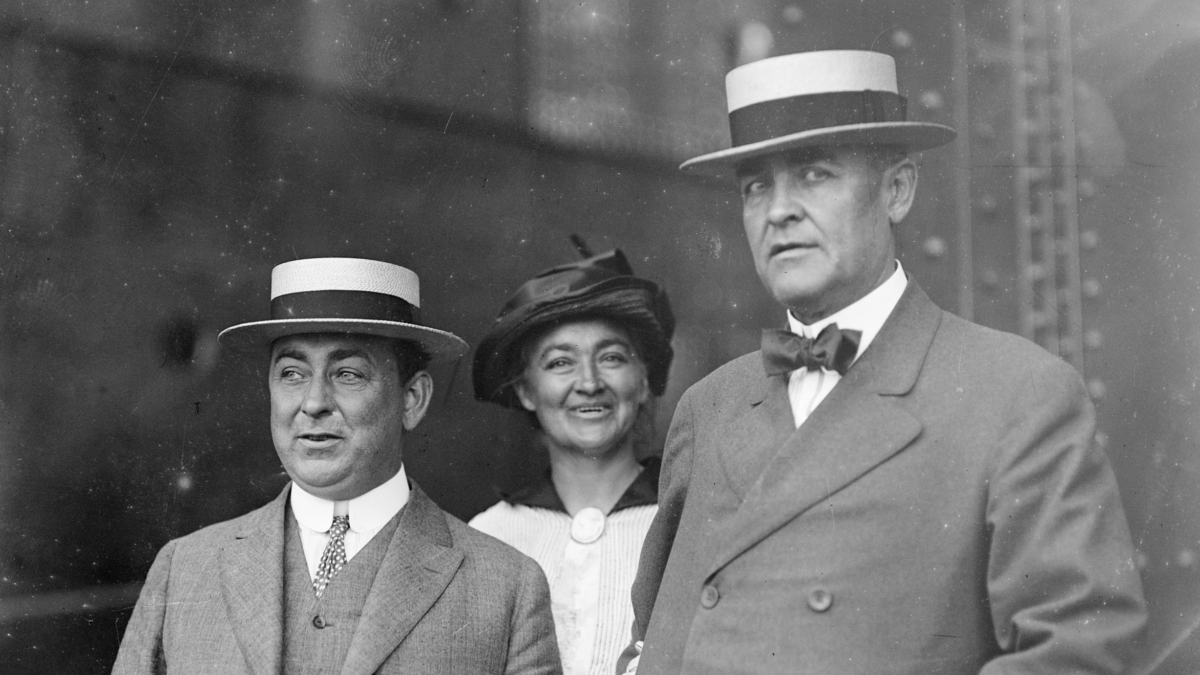Hershel ‘Woody’ Williams, Last Living World War II Medal of Honor Winner, Dead At 98.
Sad news: Hershel “Woody” Williams, the last living Medal of Honor winner from World War II, has died at age 98.
Williams was a member of the U.S. Marine Corps and served in the Battle of Iwo Jima. He was awarded the Medal of Honor on Oct. 5, 1945, from President Harry S. Truman for his “valiant devotion to duty,” the Woody Williams Foundation said.
“Today at 3:15am, Hershel Woodrow Williams, affectionately known by many as Woody went home to be with the Lord. Woody peacefully joined his beloved wife Ruby while surrounded by his family at the VA Medical Center which bears his name,” the Woody Williams Foundation wrote.
Williams, who was born in Quiet Dell, West Virginia, served for 20 years in the Marine Corps and Marine Corps Reserves and then worked for the Department of Veterans Affairs for over 30 years as a veterans service representative.
The U.S. Navy commissioned a warship called the USS Hershel “Woody” Williams in his honor in Norfolk, Virginia, in 2020.
I had previously honored Williams for my 2019 Veterans Day profile.
For conspicuous gallantry and intrepidity at the risk of his life above and beyond the call of duty as demolition sergeant serving with the 21st Marines, 3d Marine Division, in action against enemy Japanese forces on Iwo Jima, Volcano Islands, 23 February 1945.
Quick to volunteer his services when our tanks were maneuvering vainly to open a lane for the infantry through the network of reinforced concrete pillboxes, buried mines, and black volcanic sands, Cpl. Williams daringly went forward alone to attempt the reduction of devastating machinegun fire from the unyielding positions.
Covered only by 4 riflemen, he fought desperately for 4 hours under terrific enemy small-arms fire and repeatedly returned to his own lines to prepare demolition charges and obtain serviced flamethrowers, struggling back, frequently to the rear of hostile emplacements, to wipe out 1 position after another.
On 1 occasion, he daringly mounted a pillbox to insert the nozzle of his flamethrower through the air vent, killing the occupants and silencing the gun; on another he grimly charged enemy riflemen who attempted to stop him with bayonets and destroyed them with a burst of flame from his weapon.
His unyielding determination and extraordinary heroism in the face of ruthless enemy resistance were directly instrumental in neutralizing one of the most fanatically defended Japanese strong points encountered by his regiment and aided vitally in enabling his company to reach its objective.
Cpl. Williams’ aggressive fighting spirit and valiant devotion to duty throughout this fiercely contested action sustain and enhance the highest traditions of the U.S. Naval Service.
Sometime in the next decade or two, the last living World War II veteran will die, and that epoch-changing conflagration will pass out of living memory.


